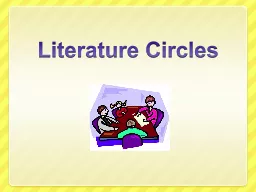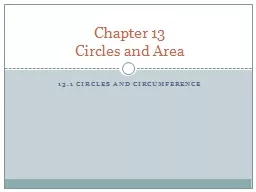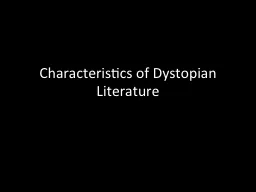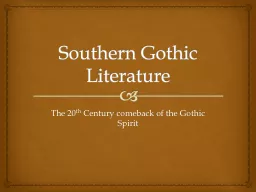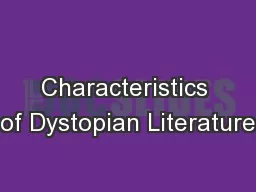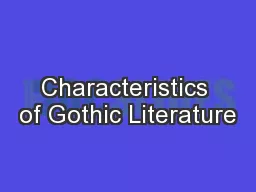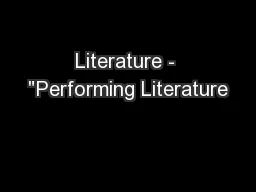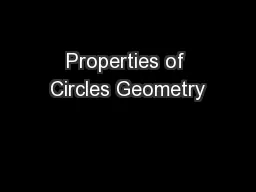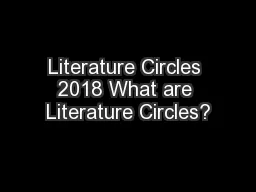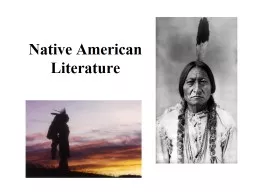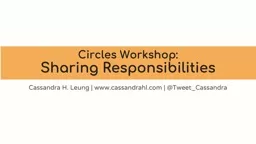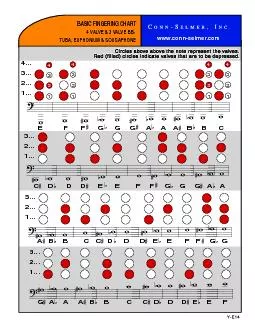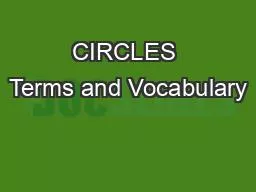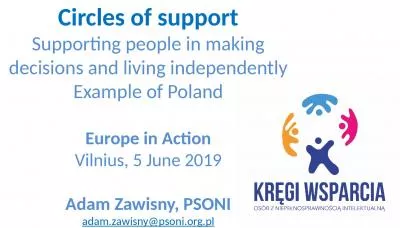PPT-Literature Circles Characteristics
Author : sistertive | Published Date : 2020-06-16
Key features of literature circles include Daniels 1994 2002 Gambrell amp Almasi 1996 Roser amp Martinez 1995 children have choices in their reading material small
Presentation Embed Code
Download Presentation
Download Presentation The PPT/PDF document "Literature Circles Characteristics" is the property of its rightful owner. Permission is granted to download and print the materials on this website for personal, non-commercial use only, and to display it on your personal computer provided you do not modify the materials and that you retain all copyright notices contained in the materials. By downloading content from our website, you accept the terms of this agreement.
Literature Circles Characteristics: Transcript
Download Rules Of Document
"Literature Circles Characteristics"The content belongs to its owner. You may download and print it for personal use, without modification, and keep all copyright notices. By downloading, you agree to these terms.
Related Documents

